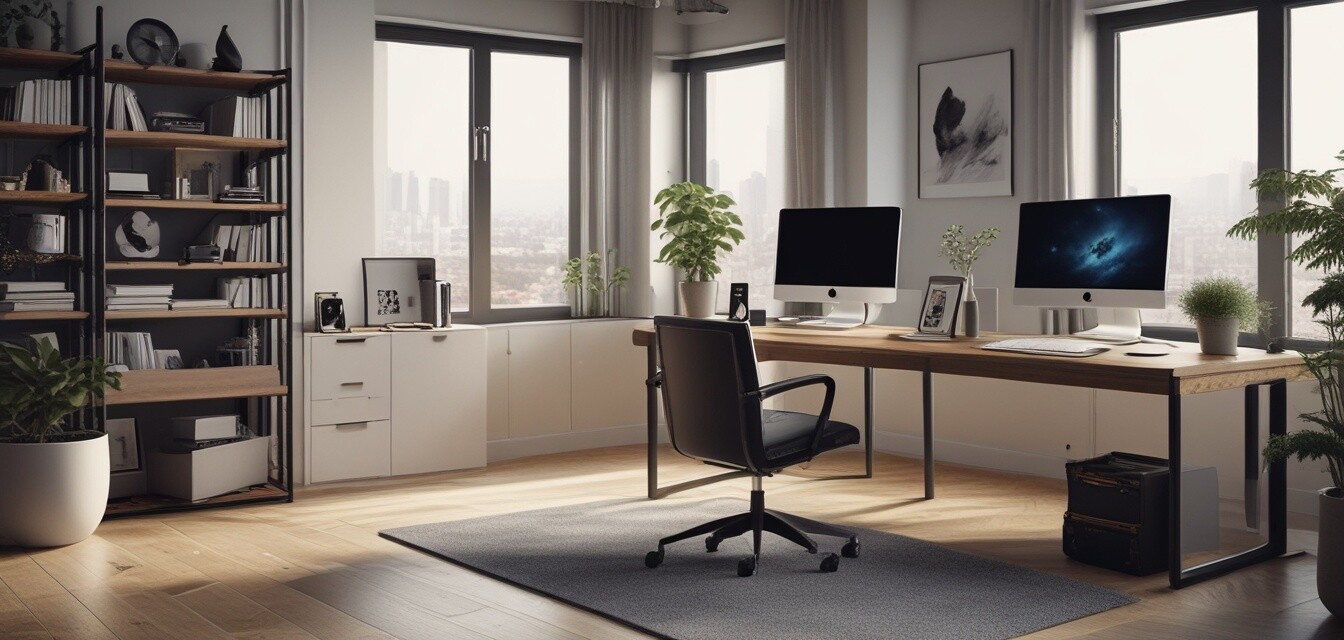
The Role of Flexible Workspaces in Employee Happiness
Key Takeaways
- Flexible workspace designs significantly improve employee satisfaction.
- Enhanced productivity is a direct outcome of adaptable work environments.
- Home office setups play a crucial role in shaping work-life balance.
- Investing in the right tools and furniture is essential for long-term success.
In today’s evolving working environment, the concept of flexible workspaces has emerged as a pivotal factor influencing employee happiness and productivity. As more companies transition to remote and hybrid work models, understanding how flexible workspace designs contribute to overall employee satisfaction becomes paramount. This article explores the benefits of flexible workspaces and offers insights into creating an inviting home office.
What are flexible workspaces?
Flexible workspaces can be defined as environments that allow for adaptability in both the physical layout and the working arrangements of employees. This includes the size, configuration, and functionality of home offices, enabling employees to personalize their work setting according to their needs. Key components of flexible workspaces include:
- Adjustable desks
- Ergonomic chairs
- Varied seating options
- Dedicated zones for collaboration or privacy
- Access to technology for connectivity
Impact on employee satisfaction
According to numerous studies, flexible workspaces have been shown to positively impact employee satisfaction. Here’s how:
| Factor | Impact |
|---|---|
| Personalization | Employees who can personalize their workspace report higher satisfaction levels. |
| Comfort | Comfortable furniture reduces fatigue and increases focus. |
| Variety | Having the option to change work environments can stimulate creativity. |
| Collaboration | Spaces designed for team collaboration improve team dynamics and morale. |
Productivity benefits of flexible workspaces
Flexibility in workspace design directly correlates with enhanced productivity levels among employees. Here’s how:
- Improved focus due to customizable environments.
- Reduced distractions in designated quiet zones.
- Greater collaboration opportunities in open areas.
- Increased motivation stemming from an enjoyable work atmosphere.
Creating an inviting home office
To make the most of flexible workspaces, consider the following tips for a home office setup:
Tips for beginners in creating a flexible workspace
- Invest in adjustable furniture for comfort.
- Incorporate soft lighting to enhance mood.
- Use colors that inspire creativity, like blues and greens.
- Add personal touches, such as plants and artwork.
- Ensure reliable technology for seamless communication.
The future of flexible workspaces
As remote working becomes more prevalent, businesses are recognizing the importance of flexible workspaces not just for employee happiness but also for retention and recruitment. Companies are expected to continue investing in ergonomic designs, collaboration tools, and technology solutions that support flexible work arrangements. Staying updated with the latest trends in news and insights can help homeowners and businesses alike in shaping their workspaces.
Pros
- Enhanced employee happiness and retention.
- Boost in productivity and creativity.
- Adaptable for various work styles and preferences.
- Encourages work-life balance.
Cons
- Initial investment costs can be high.
- Can require ongoing maintenance or upgrades.
- Potential for less cohesive team dynamics if not managed well.
Conclusion
Flexible workspaces are no longer just a trend; they are shaping the future of how we work. Understanding their role in promoting employee happiness and productivity can guide both individuals and organizations in creating optimal working environments. Whether it's through investing in comfortable office furniture or ensuring effective collaboration spaces, the emphasis on flexibility is a clear pathway to success in the modern workplace.